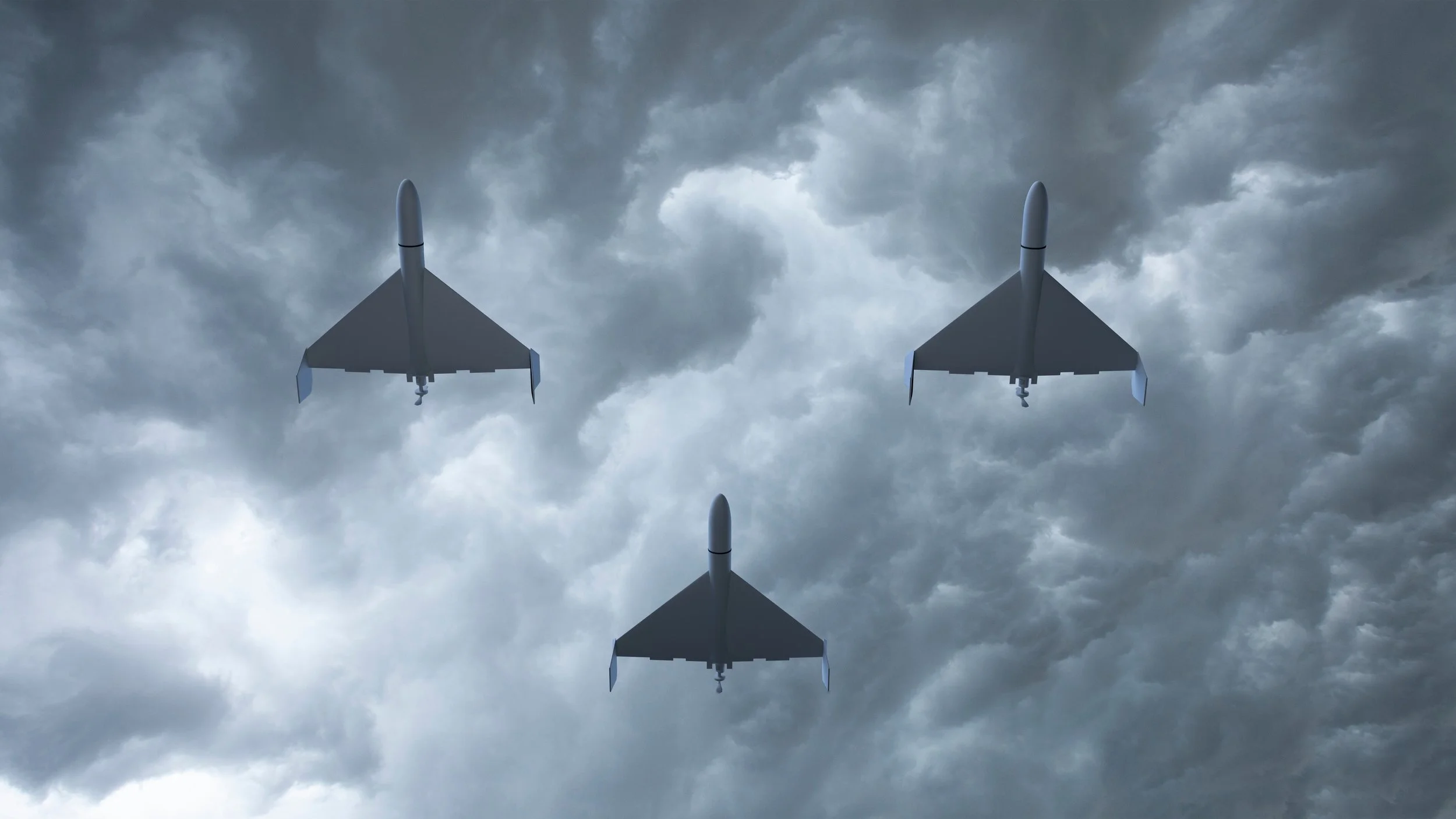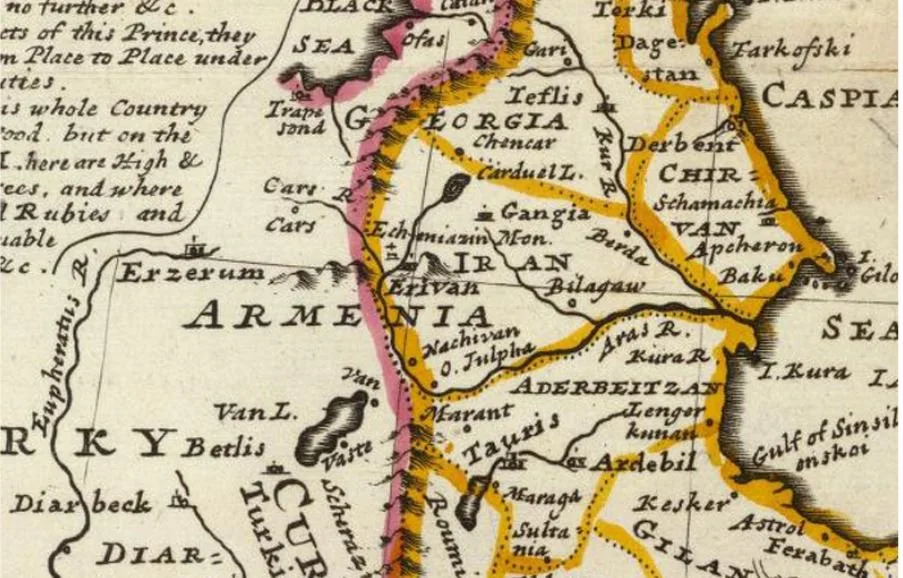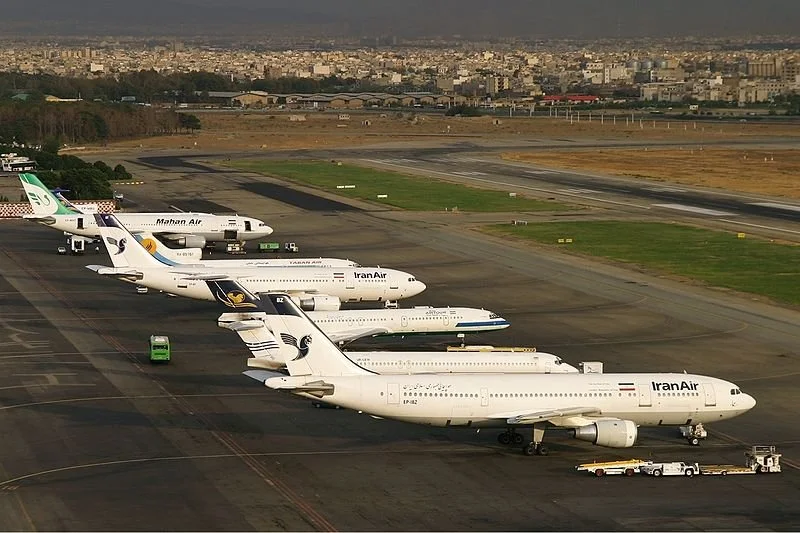By AIC Senior Research Fellow Andrew Lumsden
The nearly two years since AIC’s Media Guide on Iran-Israel relations have seen the long-simmering conflict between the two Middle East powers escalate to dramatic and unprecedented proportions.
The trigger for the Middle East’s newest round of violence was the brutal attack on Israel by the Gaza-based Palestinian militant organization Hamas on October 7, 2023. Over 1,100 Israelis were killed in the attacks, with more than 800 having been civilians. Moreover, Hamas took some 250 Israeli hostages.
In response, Israel declared war on Hamas and launched major military operations in the Gaza Strip with the stated goal of destroying the group. Nearly a year later, the war continues with little sign of abatement. So far, over 30,000 Palestinians are estimated to have been killed.
The war has had regional implications as well. Hamas is a longtime ally of Iran, which supplies the group with funding and weaponry. Since 10/7, Israel has come under attack by other militant groups allied with Iran including Hezbollah, based in Lebanon and the Houthi movement in Yemen. For its part, there have been calls among Israeli officials for Iranian targets to be attacked directly.
Read More




















